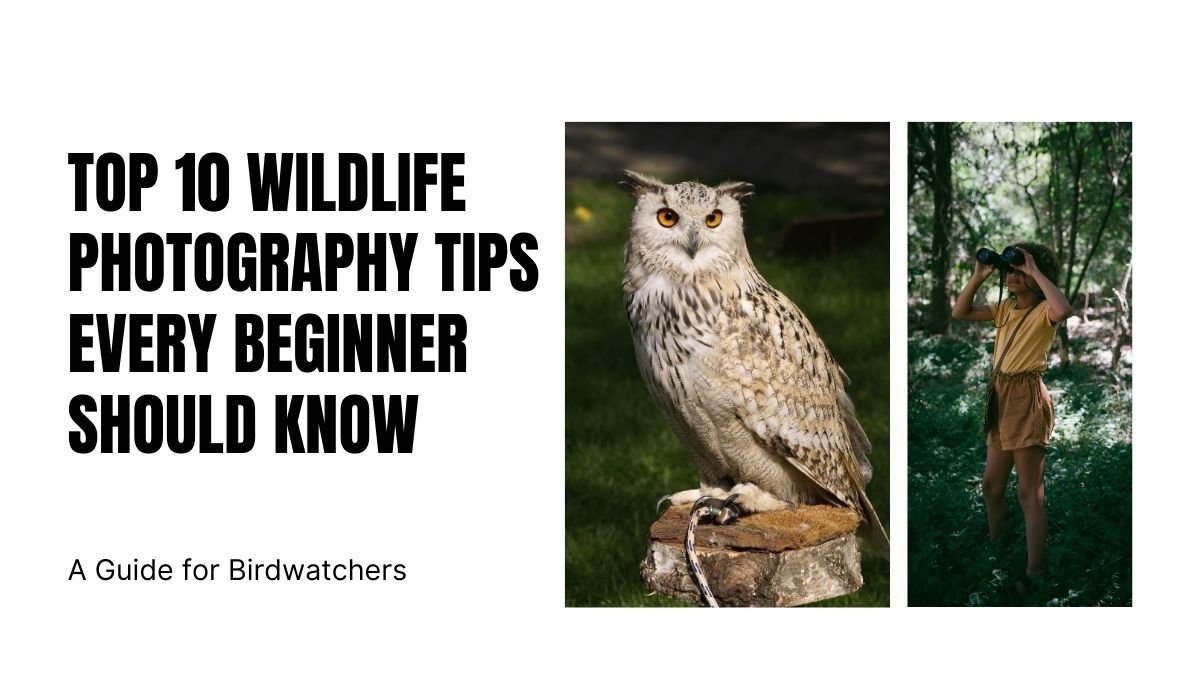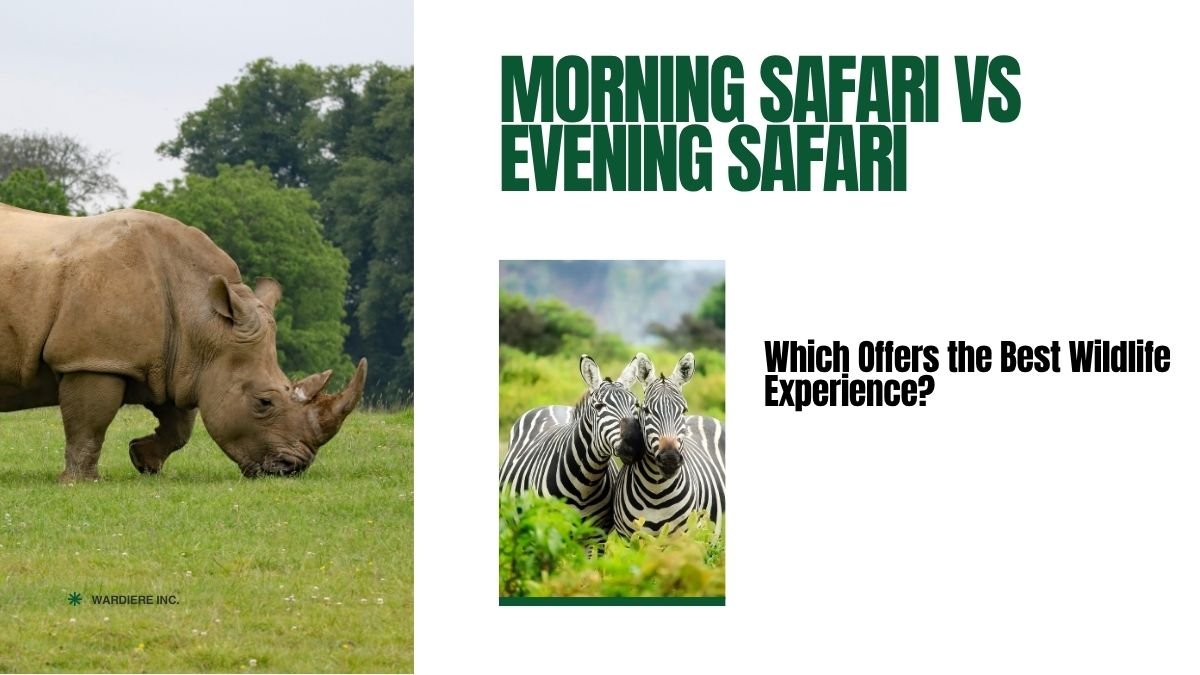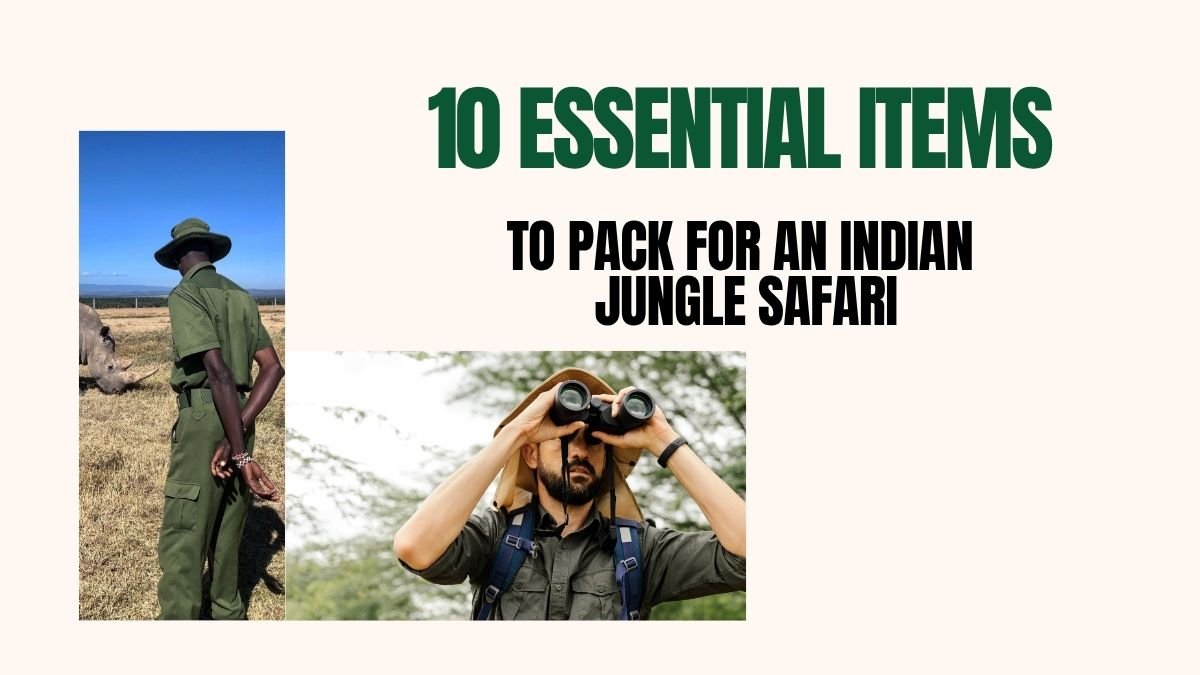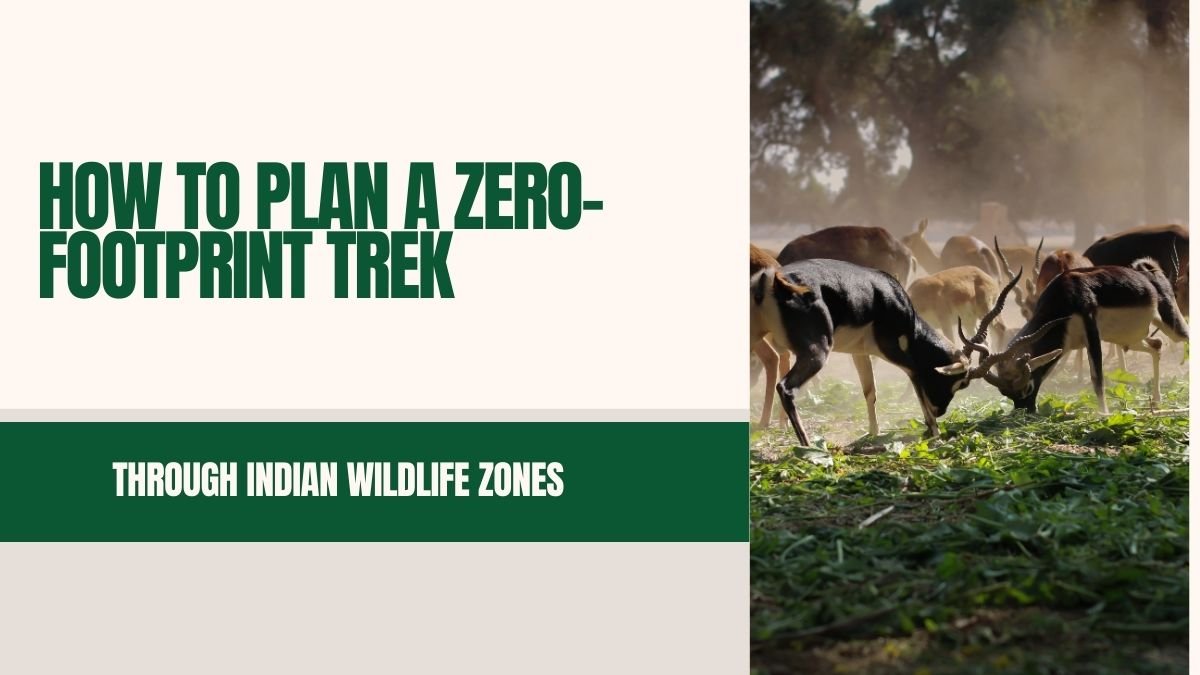How to Start Wildlife Photography – An Easy and Complete Guide
If you have a thing for nature, enjoy venturing into the wild, and want to capture beautiful moments of animals or birds, wildlife photography could turn into a lucrative hobby for you.
Many a folk think that photography is all about picking up a camera and shooting away happily at anything with legs and wings. However, this art demands a great deal of patience, respect for nature, and mastery of techniques.
When most people hear the words wildlife photography, they conjure up images of tigers, elephants, or lions. Yet, it embraces the whole spectrum — insects, butterflies, big birds, and animals. The thrill comes from understanding animal behavior and habitat, not just chasing after a shot.
Step One – Code of Conduct, Patience, and Observation
1. Ethics Are Paramount
- The less an animal or bird is disturbed, the better.
- Avoid photographing birds at their nests or near young ones.
- Do not use flash or loud noise to scare them.
Remember: Safety and freedom of the animal come before your photograph.
Example: If a squirrel runs away on seeing you, chasing it is wrong. Wait quietly until it returns naturally — then take your shot.
2. Patience
- Wildlife photography often means waiting for hours.
- A single perfect shot is worth the wait.
3. Observation
Study the animal’s habits:
- When does it drink water?
- What time are birds most active?
- When is sunlight best for a dramatic atmosphere?
Knowing these details helps you capture the right moment.
Before You Go: Preparation
1. Study the Subject
- Research animals or birds through books, documentaries, or local guides.
- Tip: Start with common birds near your home or in a park before moving on to bigger or rarer animals.
2. Camera Awareness
- Learn ISO, aperture, and shutter speed.
- Practice adjusting settings without taking eyes off the viewfinder.
Example: A deer crosses your path — if you fumble with shutter speed, you’ll only get a blurry frame.
3. Have the Right Gear
- Telephoto lens (200mm or longer): Shoot from a safe distance.
- Tripod: Vital for bird shots and still photography.
- Camera bag: Protects equipment during travel.
Considerations While Shooting
1. Patience and Observation in Action
- Watch first, click later.
- Birds favoring one branch? Keep your camera ready.
- Monkeys at play? Wait for that one moment of mischief.
2. Golden Hour Shooting
- Best light: around sunrise and just before sunset.
- Soft, golden lighting with long shadows creates magic.
- Animals are also most active at these times.
3. Shutter Speed
- 1/500s – good for slow animals.
- 1/1000s or faster – for fast flyers or runners.
4. Aperture Settings
- Wide apertures (f/2.8 or f/4) blur the background, keeping the subject distinct.
5. Eye Contact
- Sharp animal eyes = life in the photo.
- Example: The wide, glowing eyes of an owl in focus can take your breath away.
6. Shoot at Eye Level
- Bend down for squirrels.
- Angle up for birds in trees.
- Creates intimacy and connection in your image.
7. Background Awareness
- Avoid distractions like wires or people.
- A plain backdrop puts full focus on the animal.
- Sometimes, a slight change in position makes a big difference.
Important Points
1. The First Rule – Safety
- Your safety and the animal’s safety first.
- Don’t get too close.
- Follow the guide’s advice.
2. Practice
- Start with garden birds, street dogs, cats, or ducks in ponds.
- Build confidence before tackling wild animals.
3. Storytelling Through Photos
- Don’t just capture beauty — capture moments.
- Examples:
- A monkey cleaning its baby.
- A deer drinking water.
- A bird building its nest.
- Such shots connect emotionally with viewers.
Conclusion
Wildlife photography is an art — learned through patience and commitment. It teaches not just camera settings, but also respect for animals and nature.
Points to Remember:
- Patience and care are essential.
- Master your camera and use the golden hour.
- Focus on shutter speed, aperture, and eyes.
- Photographs create memories, but the wild experience itself is equally precious.









